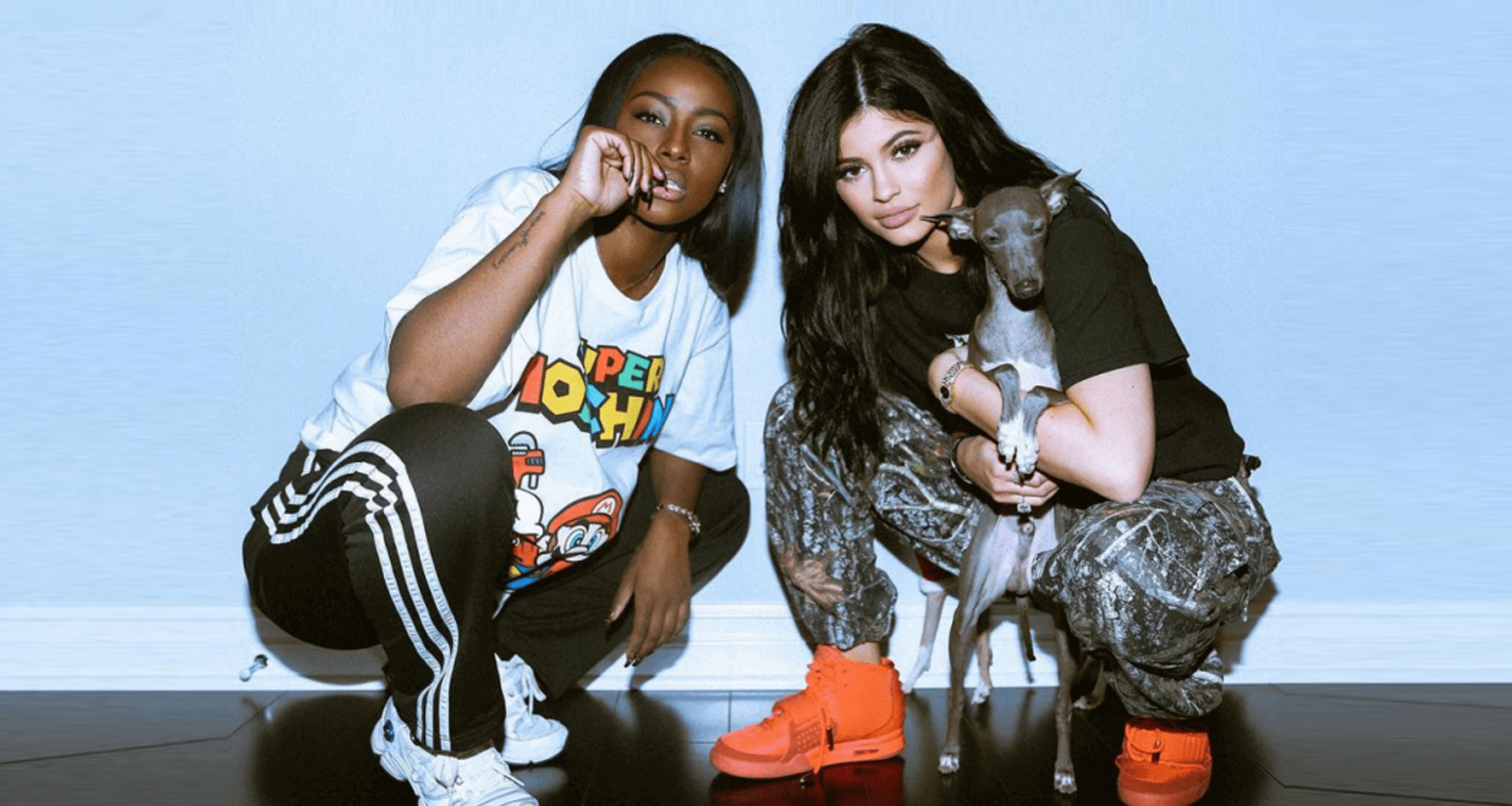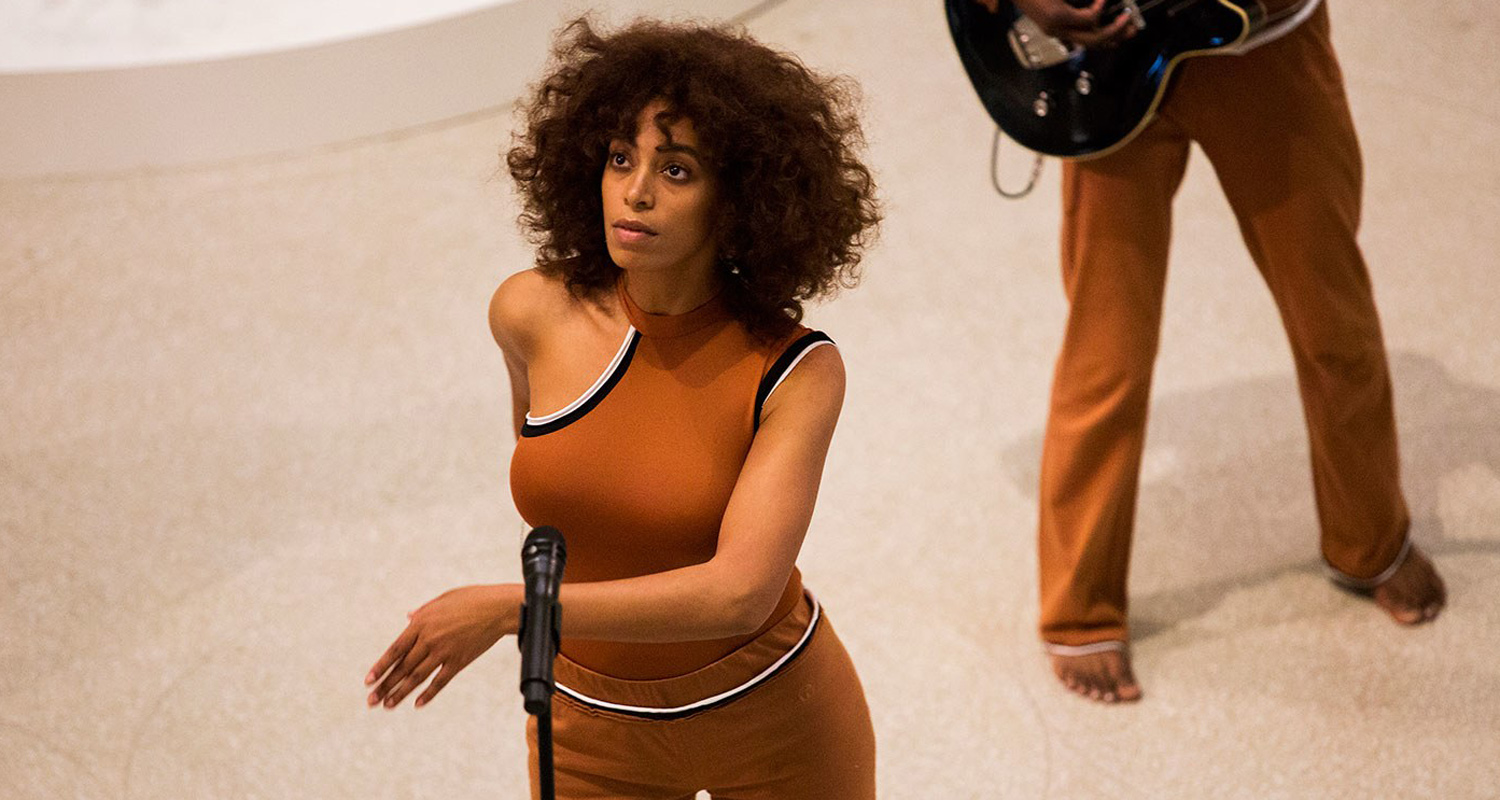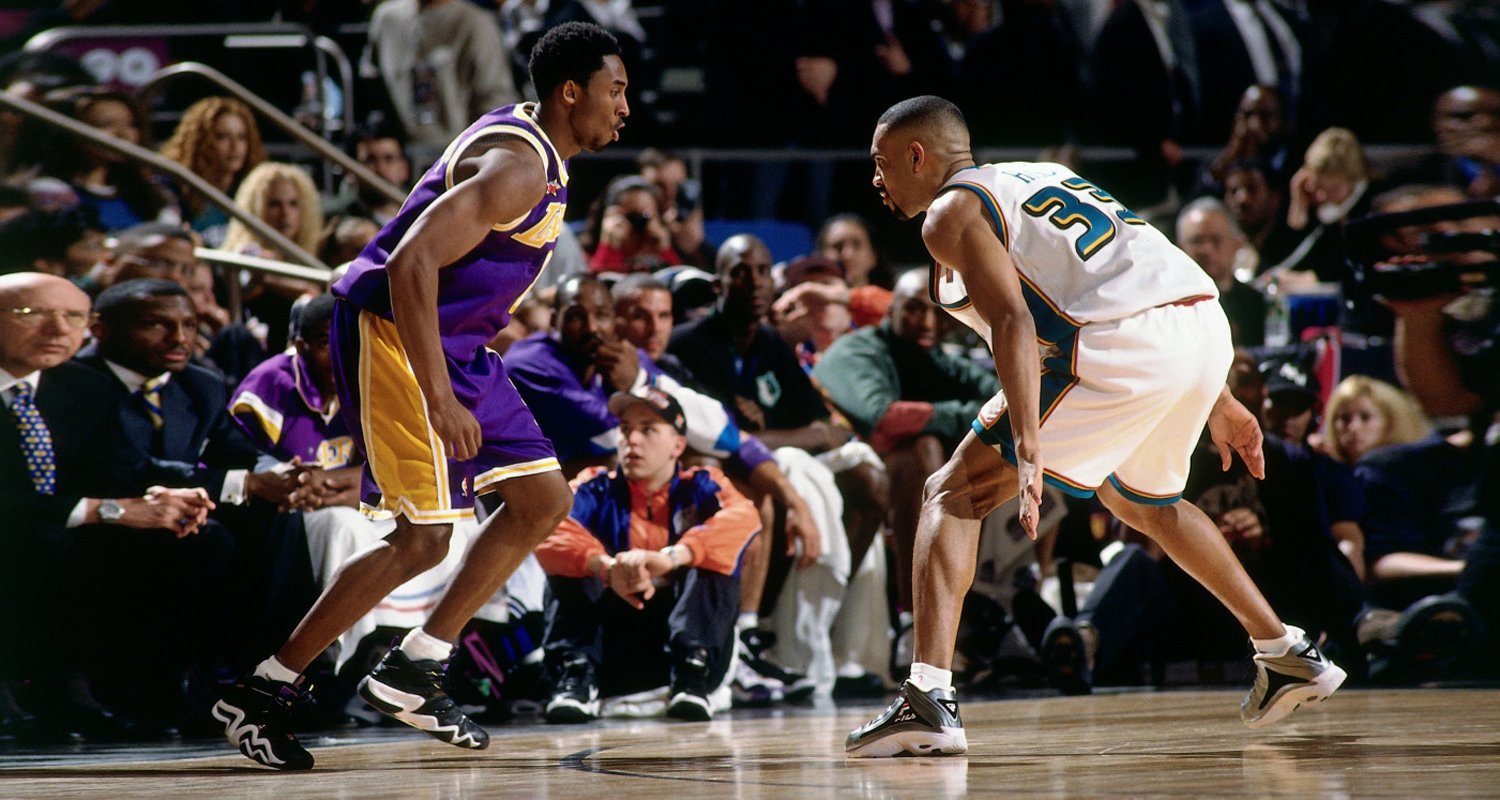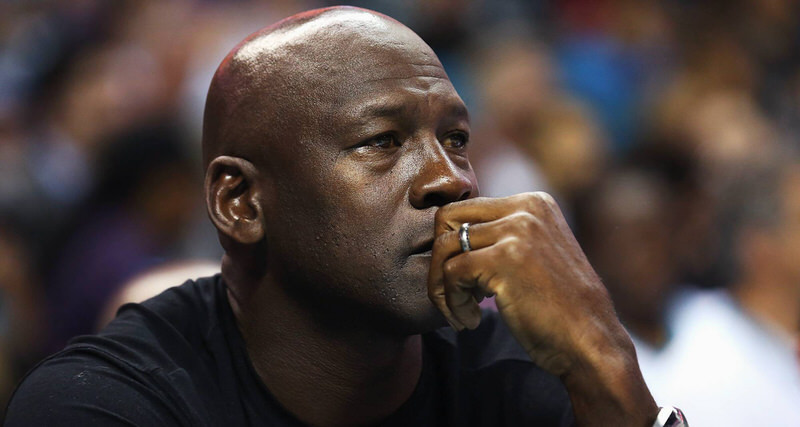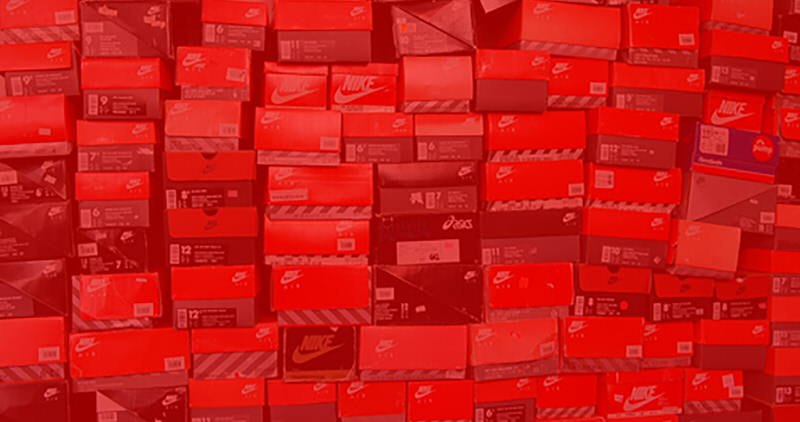This post may contain affiliate links. Please read our disclosure policy.
words // Leslie Hunter
I remember living in the South when Trap or Die released in ‘05. Back then, style was pretty regional. You wore what you wore because you liked it or it had the streets hot. When Jeezy hit airwaves, seemingly by the next week, anyone who was anyone had a Stop Snitchin’ tall tee with the Dickies and fitted to match. Back when LS Jordans were on a mixtape-Wayne spree with fire releases, back when you could buy a Cassidy vs. Fab mixtape, some Cool Water body oils and a pair of Red Monkeys out the same trunk.
But nowadays, it seems as though we’d rather camp for a box logo than hit the mall to cop a GR. And I ask myself why is that? What’s changed? There’s a few reasons, but I’ve boiled it down to three catalysts: Instagram, Consumerism and Kanye West/Atlanta. Let’s discuss each point and look for any logical fallacies, because hell, the true scientific attitude is to criticize one’s own theory, correct?
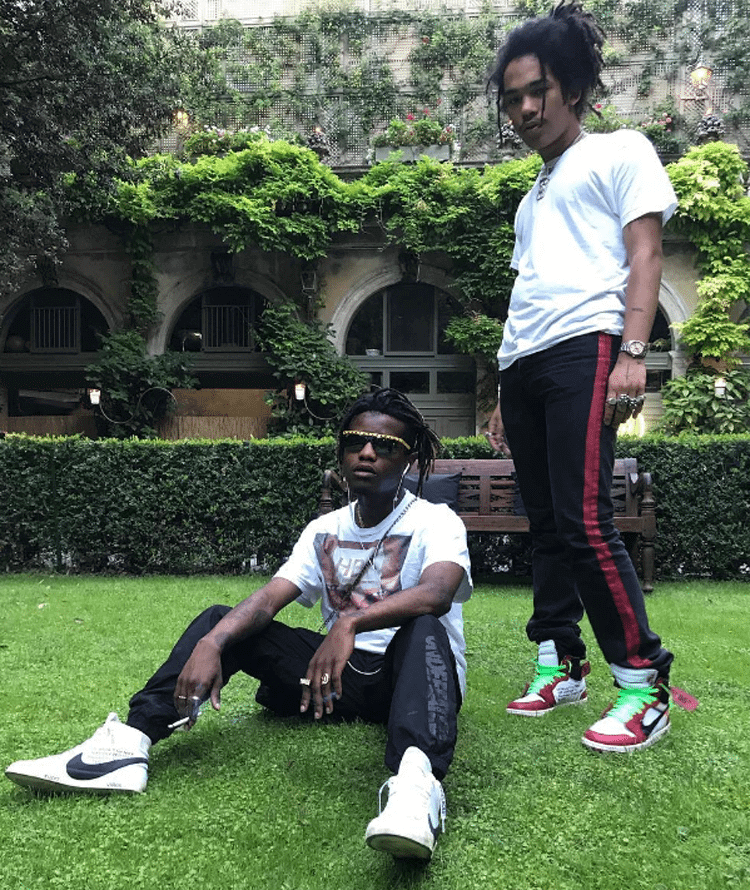
Where the eyeballs go, the money follows. For years, print, radio and television were our only forms of consumption. In music, The Source would get the music a month before the audience, giving their reviews and scores power to sway public opinion. And where are the eyeballs now? Social media. iPhone is the television, Instagram is MTV and influencers like Vashtie, Emily O’Berg and Luke Sabbat are Fab Five Freddy. These tastemakers and others alike bring a particular style, often mix-matching vintage and couture fabrics, dating the once conventional raw denim, fresh tee standard of the late-2000s. But the majority of this would not be common knowledge without hashtags.
Hashtags consolidate all conversations on a particular subject into one flow, bringing a variety of perspectives from around the world. Just a simple #streetwear or #wdywt search can summon young Timmy Boy from Toledo, OH layering some Elliot & Co. over some waxed denim and Moonrock 350s. “Toledo fucks with jawnz? Who knew,” you say to yourself. Yeah, man. It’s a lot of people out there like you. And as technology advances, communication accelerates, allowing us to see post, view, and adopt some part of someone else’s style that you may have never seen otherwise.
And as you began to sink into the sunken place that is of #wdywt forums across Hypebeast or Reddit, you began to grasp the concept that the game is bigger than 501s and Diamond Supply. And I’m not knocking Levis or Nicky, as I was a proud customer of both. But there will come a time when after a Kanye interview, you may wonder, “The fuck is a Haider Ackerman?” or get overly curious after seeing the word “Ozweego” one too many times in forum comments. After a Google search or two, it’s a wrap. Goodbye Pacsun, hello Pondon. It’s natural as humans to value exclusivity and the need to feel special. We tend to value higher priced items over it’s cheaper counterpart as psychology explains. Especially the ROI of its perceived value, bringing me to my next and most analytical reasoning behind the death of Jordan Brand – attention.
The Psychology of Consumerism
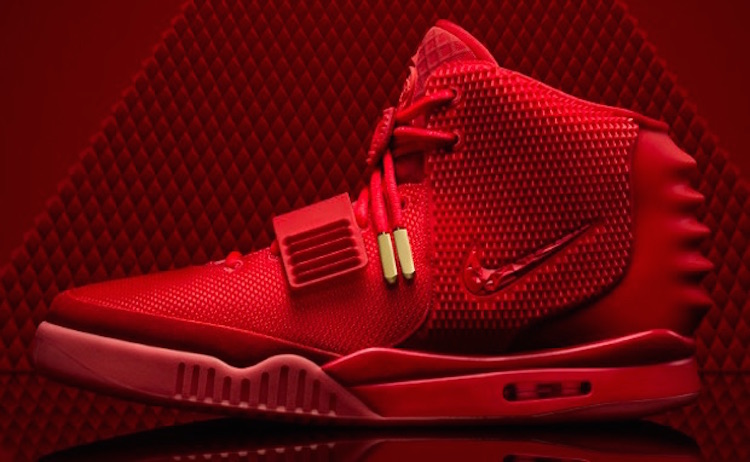
Peep the pineapple. Christopher Columbus was the first European to bring the fruit back to Europe, but they proved to be mad difficult to transport and costly to grow. And for a while, only royalty could afford to eat them. Notable pineapple lovers included Russia’s Catherine the Great, Charles II of England and the 4th Earl of Dunmore. In 1761, Earl even built a temple in its honor and Christopher Wren followed suit in his own right.
A pineapple in the 17th century sold for today’s equivalent of $6546, but at the end of the 19th century, something changed; Hawaii’s large plantations and the rise of steam ship transportation emerged. With transport cost decreasing, supply increased. As consumption began to change, as did the transformation of the psychology of pineapple eating. Today, you can get a pineapple for around $2.75. Hell, you can even get it canned (#shoutoutz2preservatives).
Moral of the story, when we have to pay a lot for something nice, we appreciate it to the utmost. Yet, as its market value falls, its perceived value has a habit of fading away. Now if you have a shit product to boot, high prices ain’t for you. But, if it your product has real virtue, but yet a low price, then it’s in severe danger of falling into oblivion. Unlike my next guest.
Kanye West and the Influence of Atlanta
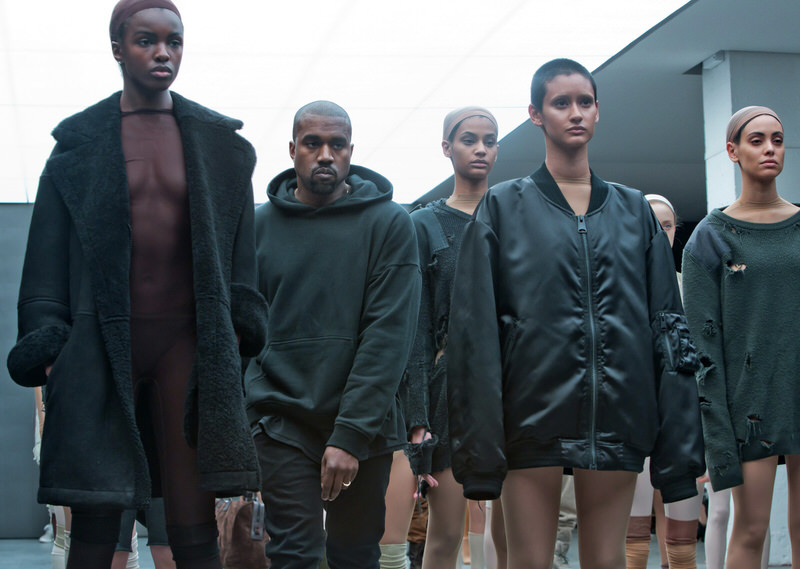
In 2009, Nike and Kanye released the first Yeezy and in the same year, became America’s favorite asshole via his Taylor Swift VMA moment. On Hawaii-hiatus, he crafted arguably his best album, My Beautiful Dark Twisted Fantasy in 2010, boosting anticipation with the G.O.O.D. Music imprint, which was buzzing significantly too. After winning a Grammy for the album, Ye restlessly cranked out Watch The Throne with Jay in 2011, touring until the breakout release of the Yeezy 2 in June 2012. Cruel Summer to seal the year and Yeezus dropped in 2013.
Despite the buzz in November 2013, Kanye started speaking publicly on his Nike frustrations on his Yeezus Tour stops. Kanye explained during an interview on Hot 97 he felt he wasn’t getting the right royalties for all the shoes sold by Nike and attention he courted the brand. “Nike told me we can’t give you royalties because you’re not a professional athlete. I told them, I go to the Garden and play one-on-NO-ONE. I’m a performance athlete.” West said. Word got around to Nike. “I heard word that the next shoe was already started,” says Esaie Witherspoon, Nike ACG. “When the rants started, I was like, ‘It’s a wrap … put a fork in it.'”
Long story short, when Nike said no, Adidas said yes. And although it took two years to materialize, Yeezy Season 1 was major. Bringing out the likes of Rihanna, Diddy, Alexander Wang, Beyonce, the Kardashians and Anna Wintour. The YEEZY Boost 350 and Boost 750 also unveiled, causing instant hype. Once released they sold instantly, but the clothing not so much. Going forward, Adidas stated they would agree only to release footwear with the YEEZY imprint.
Looking back on the Kanye/Wexler merger, I was skeptical. I didn’t know what the fuck was gonna happen. I honestly thought the line would be trash, but it wound up exceeding any expectations I held. The silhouettes he created will set a new standard in modern day society. H&M, Zara, Forever 21, and other mainstream outlets who provide affordable outfits for the masses are already following suit and it’s only a matter of time until Star Wars-esque althleisure and minimalistic apparel is commercial. Jordan may have changed sneakers, but Kanye changed fashion.
And who else changed fashion? Atlanta. Not old Atlanta, new Atlanta. Shoutout to OutKast who showed their ass and really brought a peculiar sense of style to the scene we weren’t seeing. Other than Prince and Michael, (and World Class Wreckin’ Crew if you wanna be an ass) no one popularized designer brands as well as Atlanta artists do today. And it’s no any different from any other big city where everybody thinks they’re a star. But when you got Future with Margeilas, Migos coming in with Versace shirts and Prada shoes, Peewee Longway rappin’ about the murder scene on his Christian
Louboutins, Skippa Da Flippa, Hoodrich Pablo Juan and 2 Chainz doing the same, all while supporting each other, it’s inevitable a movement will start. Remember, where the eyeballs go, the money follows.
So?
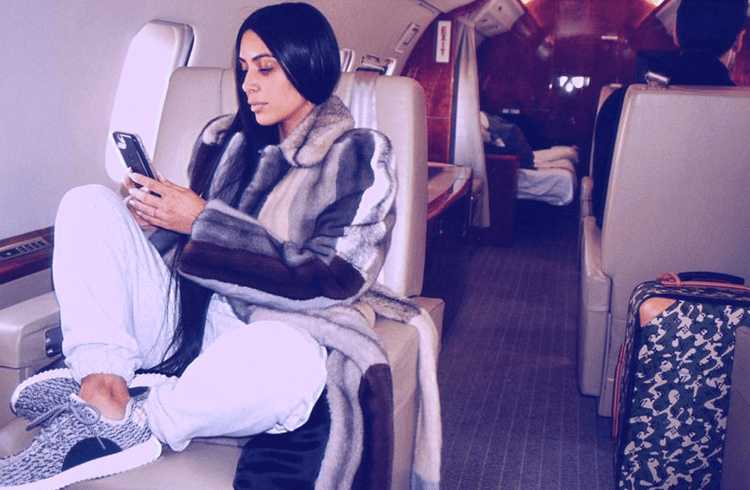
When Kanye struck gold with Nike and Adidas, his stardom brought a entirely different audience who never gave a fuck about the sneaker culture into the game. Kids who were more concerned with designer fashion, hip-hop, Keeping Up With The Kardashians, models, or flat out hypebeasts were now crossing over, instantly saturating the market and making future releases that could much more painful. It also attracted resellers, who you could get upset with, but capitalism is the cornerstone of the American dream – play or be played. Assuming your business is ethical .
Business is binary and the quicker Jordan Brand figures that out, the better. The market is the market and it wants what it wants, so adjust or pay the price. Conventional ways of marketing such as print won’t defeat a revived Adidas, who allocates marketing dollars to Instagram influencers and Facebook ads. They’re capturing a non-bias generation of kids who’ve never heard of a Run DMC or Mars Blackmon, viewing them as the face of athleisure. If you don’t believe me, visit a college campus in September. It’s fucking ridiculous.
Hip-Hop Killed Jordan is a metaphor for how the birth of social media and advancements in technology introduced a crossover between us all in the facets of hip-hop; fashion, music, and sneakerheads. It speaks on the transference of information about in a space where for years, primarily only sneakerheads were. Instagram, YouTube, forums and sites like Grailed giving access to an abundance of information we wouldn’t have otherwise years prior. It pains me to say, but Jordan is in trouble. I do know they are no longer the monopoly they once were and I do know once you eat chicken, you ain’t going back to chitterlings. But who knows, at the end of the day maybe Bo don’t know Diddley.
These big time IG dudes went from Lebron PE’s to expensive runners to Yeezy’s to now Supreme box logos. Just riding the wave.
— Jcenky (@Jcenky) September 6, 2017
